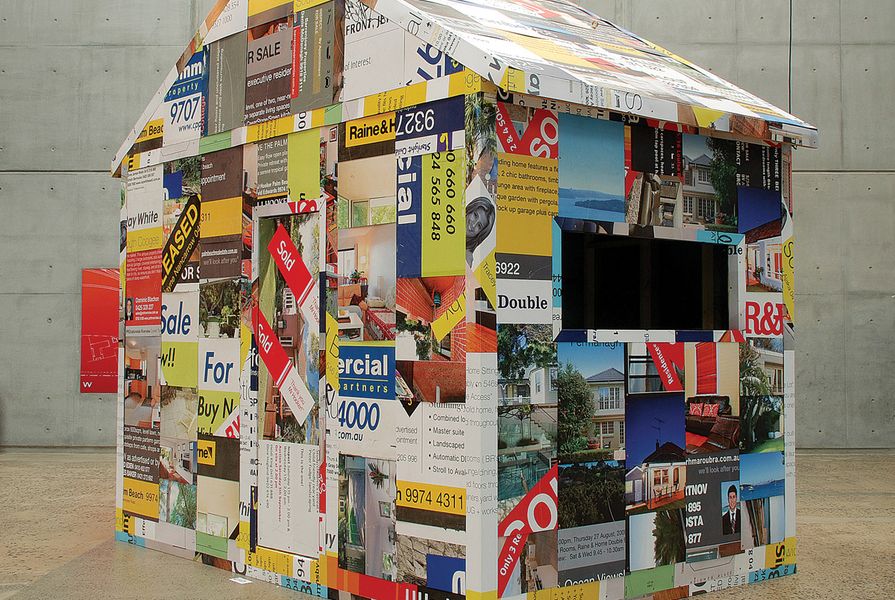The exponential growth of Australia’s property market over the last twenty years is in contrast to the ongoing need for basic shelter and amenities in the world’s poorest countries. The project 1 House = 1000 Homes was conceived by artist and recent architecture graduate Mathieu Gallois. Along with graduate architects Caz Comino and Vesna Trobec, Mathieu has created a speculative project that invites international community groups and non-government organizations to submit housing proposals that could be funded through the sale of an Australian home. The goal is to achieve funding of one million Australian dollars. To launch the project and mark the beginning of the fundraising drive, an exhibition was held at the CarriageWorks performance space at Eveleigh, showing seven of these housing proposals. The proposals demonstrate convincing solutions to difficult circumstances across the world, including Ghana, the Philippines, Peru, Papua New Guinea, Thailand, Namibia and Sri Lanka. Modest in size, the houses are rich in typological understanding. Although this project has a social activist role, 1 House = 1000 Homes comments on the significance of having a home and how housing might be the focus for a better life.
This event ran in October/November 2009.
Source

Discussion
Published online: 1 Apr 2010
Words:
Katelin Butler
Images:
Bec Dean
Issue
Houses, April 2010
















